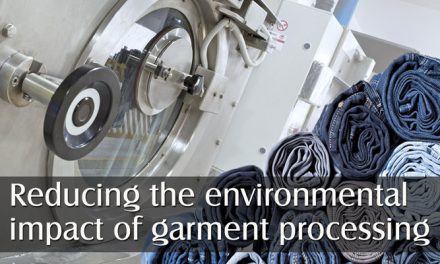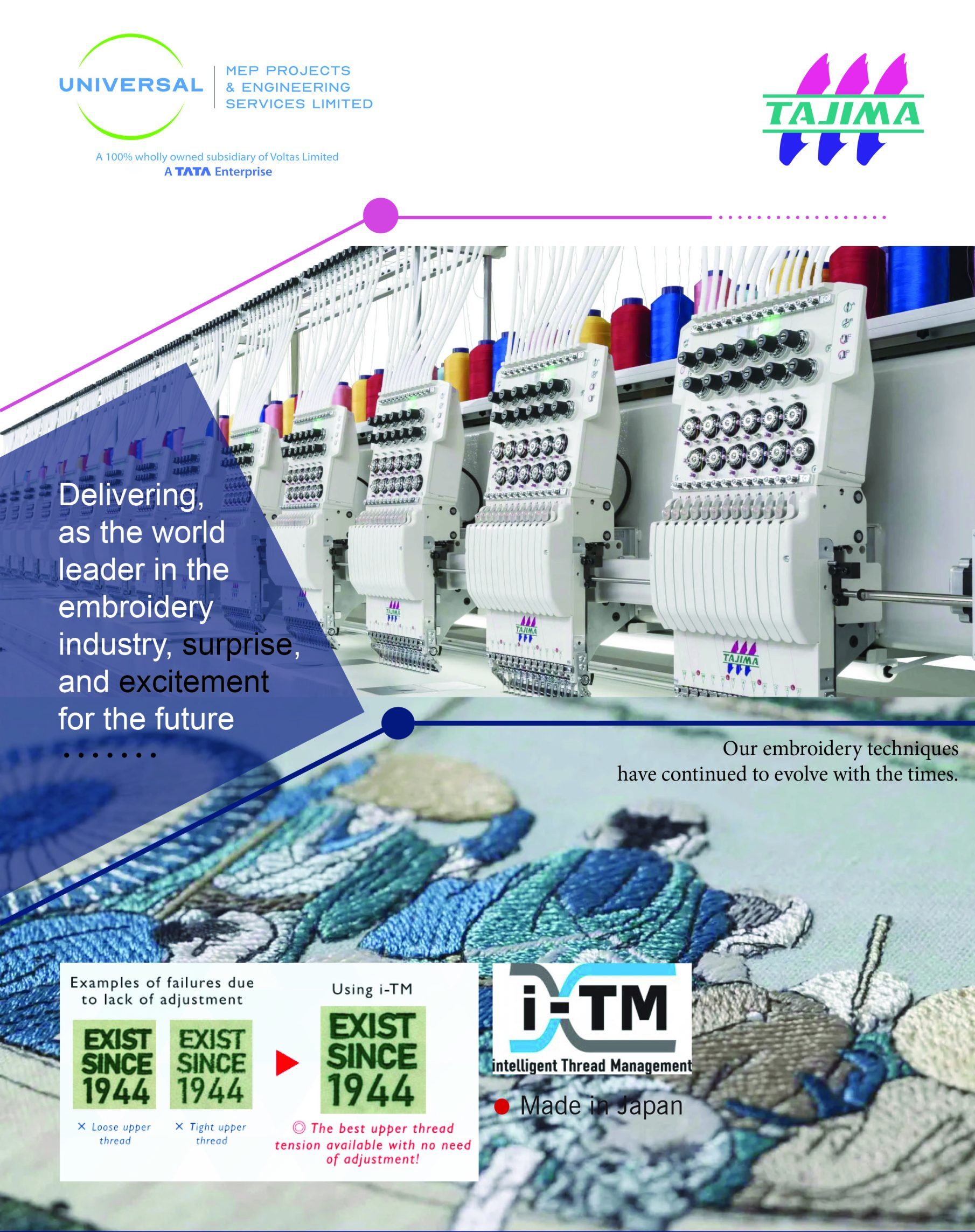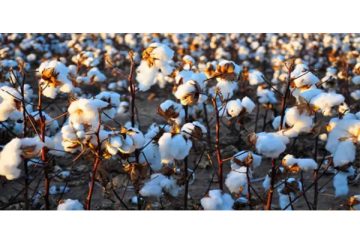 Fabric Pilling
Fabric Pilling
Fabric pilling refers to the formation of small, fuzzy balls of fiber on the surface of a fabric. Yarn is the fundamental building block of fabric. During processing of fabric production, yarns undergo carding, stretching, and friction, which results in a surface that isn’t completely smooth and can develop fuzz over time.
With regular use, fabrics are exposed to external forces that gradually pull out these fuzz or individual fibers from the surface. As the fuzz’s height and density increase, continued friction from external sources can cause the fuzz to entangle into balls that stick out from the fabric surface. If the material is relatively stiff, these balls of fuzz can remain attached despite friction and eventually form what we commonly call pills or bobbles. Pilling is a common issue that can affect the appearance and reduce the performance of garments and fabrics.
Factors That Contribute to Pilling
Fiber Content
• Fabrics made from synthetic fibers (e.g., polyester, nylon) are more prone to pilling because these fibers are strong and don’t break easily, allowing pills to stay attached.
• Natural fibers like cotton and wool can also pill, but the pills often fall off due to weaker fiber strength.
Fabric Construction
• Loosely knitted fabrics are more susceptible to pilling because the fibers have more room to move and rub against each other.
• Fabrics with hairiness which would be make the fabric softer, will cause the pilling issue after washes.
Fiber Blends
• Blended fabrics, especially those combining natural and synthetic fibers, can pill because of the differences in fiber strength. The stronger fibers hold the pills on the surface.
Fiber Length
• Shorter fibers (staple fibers) are more likely to cause pilling because they have more loose ends that can work their way to the surface and tangle.
• Fabrics made from longer fibers, like combed cotton or filament fibers, are less likely to pill.
Finishing Processes
• Fabrics that lack anti-pilling finishes or treatments are more prone to this issue.
Wear and Abrasion
• Frequent friction, such as rubbing against bags, furniture, or during washing, accelerates pilling. Areas like elbows, cuffs, and underarms are more prone to pilling due to localized friction.
Washing and Care
• Harsh washing, overloading the washing machine, or using high-spin cycles can cause fibers to loosen and pill.
• Washing with garments that have rough textures (like jeans) can increase pilling.
Moisture and Heat
• Heat and moisture can weaken certain fibers, making them more likely to pill. For instance, tumble drying synthetic fabrics at high temperatures can exacerbate pilling.
The Standard Methods for Testing Fabric Pilling
A. Martindale Method
Under a specified pressure, circular fabric samples placed on the sample holder are subjected to rubbing against abrasives (either the same fabric as the test sample or woolen fabric) on the Martindale abrasion platform. The samples are free to rotate around a central axis perpendicular to their plane. After a predetermined level of friction, the degree of fuzzing and pilling is evaluated using a visual assessment method.
B. Pilling Box Method
Samples mounted on a polyurethane tube are tumbled randomly inside a wooden box lined with soft cork at a consistent speed. After completing a predetermined number of tumbling cycles, the fuzzing and pilling performance is evaluated through visual assessment.
Fabric Pilling Grade Chart
The samples are removed from the tests and viewed using oblique lighting. The samples are then given a rating of between 1 and 5 with the help of the descriptions in Table:
 How to Minimize Pilling
How to Minimize Pilling
• Choose fabrics with long fibers or filament yarns.
• Ensure compact spinning techniques used during yarn production
• Look for fabrics with anti-pilling finishes.
• Treatments like singeing (burning off protruding fibers), bio-washing or applying chemical coatings can reduce pilling.
• Wash garments inside out, on a gentle cycle, and avoid overloading the washing machine.
• Avoid using harsh detergents or bleach.
Conclusion
Fuzzing and pilling greatly affect the wearability of fabrics, so proactive and effective measures should be taken at each stage of processing. This includes the sensible selection of fiber length, yarn twist, yarn spinning process, spinning methods, fabric structure, and fabric density.
Ankush K Founder of InnovTex Fashion
















